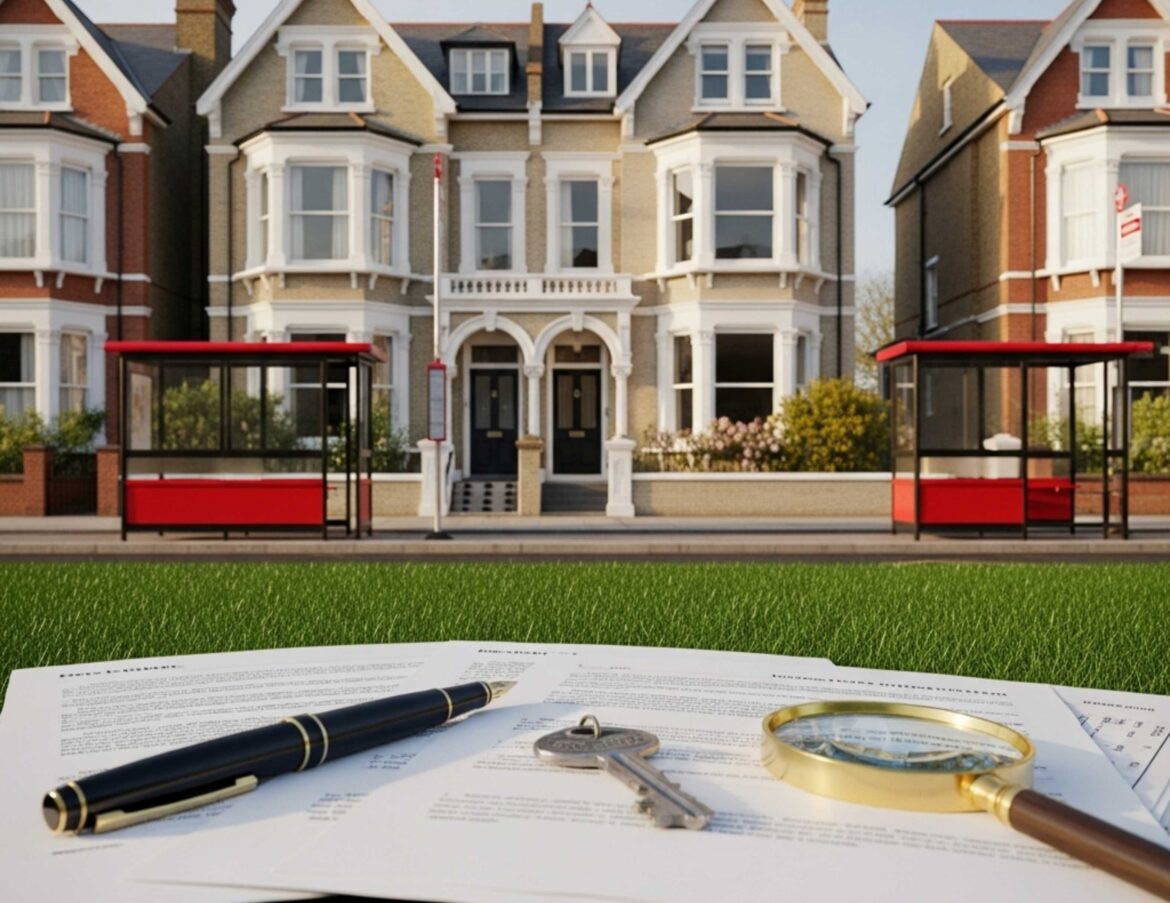Buying a property in the UK is a significant and multi-stage process, especially for first-time buyers. This guide outlines each crucial step—from assessing your financial situation to receiving the keys. Written in a journalistic style and optimized for WordPress, it’s ideal for publication or educational use.
1. Assessing Your Financial Situation
Before you begin your property search, it’s essential to understand your financial limits. Consider:
- Deposit: Typically 5–10% of the property price.
- Mortgage: Monthly repayments based on loan amount and interest rate.
- Additional costs: Legal fees, Stamp Duty Land Tax, valuation, insurance, and moving costs.
You should also check your credit score. A strong credit history improves your chances of securing a mortgage on favorable terms.
2. Searching for Property
Choosing the right area is key. Evaluate:
- Proximity to public transport and work.
- Availability of schools, healthcare, and shops.
- Crime rates and local development potential.
Use online portals and estate agents to find suitable properties. Filter your search by budget, type, location, and size.
3. Making an Offer
Once you find a suitable property, you submit an offer through the estate agent. Your offer may be below the asking price, especially if the property has been on the market for a while or needs work. Be prepared for negotiation and know your upper limit.
4. Securing a Mortgage
It’s smart to get a mortgage Agreement in Principle before making an offer. It shows sellers that you’re a serious buyer. After your offer is accepted, you’ll need to formally apply for a mortgage and submit documents like payslips, bank statements, and ID.
5. Legal Process (Conveyancing)
You’ll need a solicitor or licensed conveyancer to handle:
- Legal checks on the property.
- Local authority searches.
- Drafting and exchanging contracts.
The process usually takes 6–12 weeks, depending on the complexity of the transaction.
6. Valuation and Survey
Your mortgage provider will arrange a valuation to confirm the property’s market value. Additionally, you should arrange a survey to assess its condition:
- HomeBuyer’s Report: Suitable for newer homes in good condition.
- Building Survey: Recommended for older or unconventional properties.
7. Exchange of Contracts
Once all checks are complete and the mortgage is approved, you exchange signed contracts with the seller. At this point, you’ll pay a deposit—typically 10% of the purchase price. The agreement becomes legally binding.
8. Completion
On completion day, the remainder of the purchase price is transferred from your solicitor to the seller’s. You officially become the owner of the property and receive the keys.
9. Additional Costs
Stamp Duty Land Tax (SDLT) applies in England and Northern Ireland:
- 0% on properties up to £250,000
- 5% on the portion between £250,001 and £925,000
- 10% on the portion between £925,001 and £1.5 million
- 12% on any amount above £1.5 million
First-time buyers may benefit from tax relief. Other costs to budget for include legal fees (£500–£1500), surveys (£250–£600), home insurance, and Land Registry fees.
10. Practical Tips
- Plan ahead: Keep a financial buffer for unexpected expenses.
- Don’t rush: Take time to review contracts and inspect the property.
- Seek professional help: Use trusted brokers, solicitors, and surveyors.
- Stay organized: Keep track of deadlines and required documents.
Conclusion
Buying a house in the UK requires preparation, patience, and a clear understanding of the process. With the right information and support, it can be a smooth and rewarding experience. Approach each step carefully, and you’ll soon be holding the keys to your new home.

